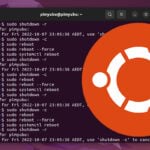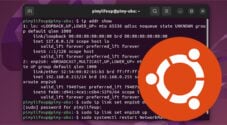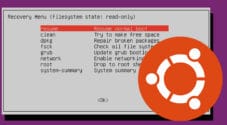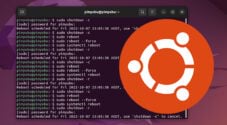In this tutorial, we will be showing you how to reset Ubuntu Desktop to its default settings.
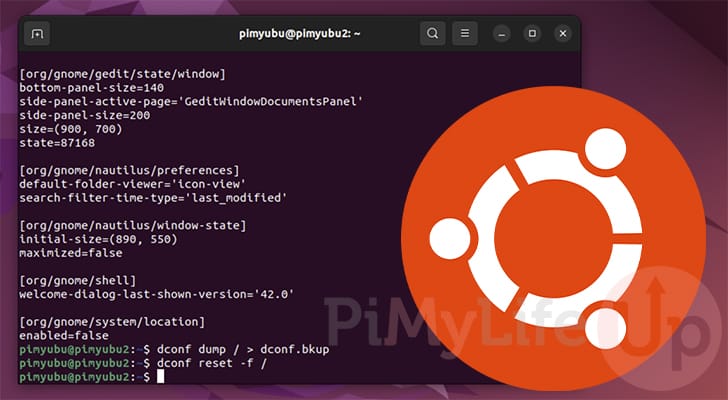
While Ubuntu does not have built-in functionality to factory reset, it does have the ability for you to reset its settings. If you want to restore your device to its original state, you must perform a factory reset instead.
When you reset Ubuntu to its default settings, it typically only affects the core operating system. This is because we will be using the “dconf” tool. Dconf is a low-level configuration system commonly only used by the operating system and its desktop interface.
Resetting to the default settings can help when you misconfigured something and can’t work out how to fix it.
Please note that once you perform a reset, you won’t be able to undo its changes without a backup. You should always try to avoid restoring to default settings or conducting a factory reset unless you absolutely have to.
Luckily, before we show you how to reset Ubuntu to its default settings, we will show you how you can make a backup.
Resetting Ubuntu to its Default Settings
In the following section, we will walk you through the process of backing up your settings and then resetting Ubuntu to its defaults.
To reset Ubuntu, we will need to utilize the terminal. The desktop interface doesn’t offer any graphical interface we can easily click through by default. Don’t worry; the commands we are using are straightforward to follow, and we will explain everything as we go.
You can open the terminal on Ubuntu Desktop easily by pressing CTRL + ALT + T on your keyboard.
Making a Backup of the dconf Settings Database
1. Before we reset Ubuntu to its default settings, we should back up the current settings database. Making a backup will make it straightforward to restore later down the track.
Run the following command within the terminal to create a backup of your settings.
dconf dump / > dconf.bkupCopyThis command is really simple. It uses the “dconf” commands “dump” option to output the entire contents of the settings database. The single forward slash (/) is used to tell dconf to dump the entire database.
We then use the greater than sign (>) to redirect the output to a file named “dconf.bkup“.
2. You can verify that a backup has been created by opening it in your favourite text editor.
In the command below, we will be using the nano text editor to check over the backup.
nano dconf.bkupCopy3. Within this file, you should see text that looks a bit like what we have shown below.
This indicates to you that you should have a valid backup and can safely reset Ubuntu to its default settings.
[gnome/control-center]
last-panel='info-overview'
[gnome/deja-dup]
backend='google'
prompt-check='2023-11-08T08:52:50.100231Z'
[gnome/desktop/app-folders]
folder-children=['Utilities', 'YaST']
Copy4. Once you are done looking over the backup, you can quit by pressing CTRL + X.
If you are asked to save changes, type “N“, then press ENTER to avoid saving any accidental edits.
Using the Terminal to Reset Ubuntu to Defaults
5. Once you have made a backup, we can reset Ubuntu desktop to its default settings.
All you need to do to reset Ubuntu desktop’s settings is to use the “reset” option for the “dconf” command.
dconf reset -f /CopyThis command will reset every setting stored within the dconf database to its default value. We use the forward slash to say we want to reset all settings.
6. After running the above command, your desktop will reset to its default settings.
There might be a slight lag, and your screen may flash as all settings are restored to their defaults.
Restoring Ubuntu Settings after a Reset
7. If you feel you made a mistake by resetting Ubuntu desktop’s settings, you can utilize the backup we created earlier.
We can utilize the dconf command to restore from the backup we created. The less than sign (<) is used to pass the contents of the “dconf.bkup” file back to the dconf tool.
dconf load / < dconf.bkupCopyConclusion
At this stage, you should now understand how to reset your Ubuntu desktop settings to their defaults.
Thanks to the dconf command, resetting the desktop options is straightforward. Even making a backup of your settings database is super simple.
Please feel free to leave a comment below if you have any questions about resetting your system.
If you found this tutorial helpful, we highly recommend checking out our other Ubuntu tutorials.

